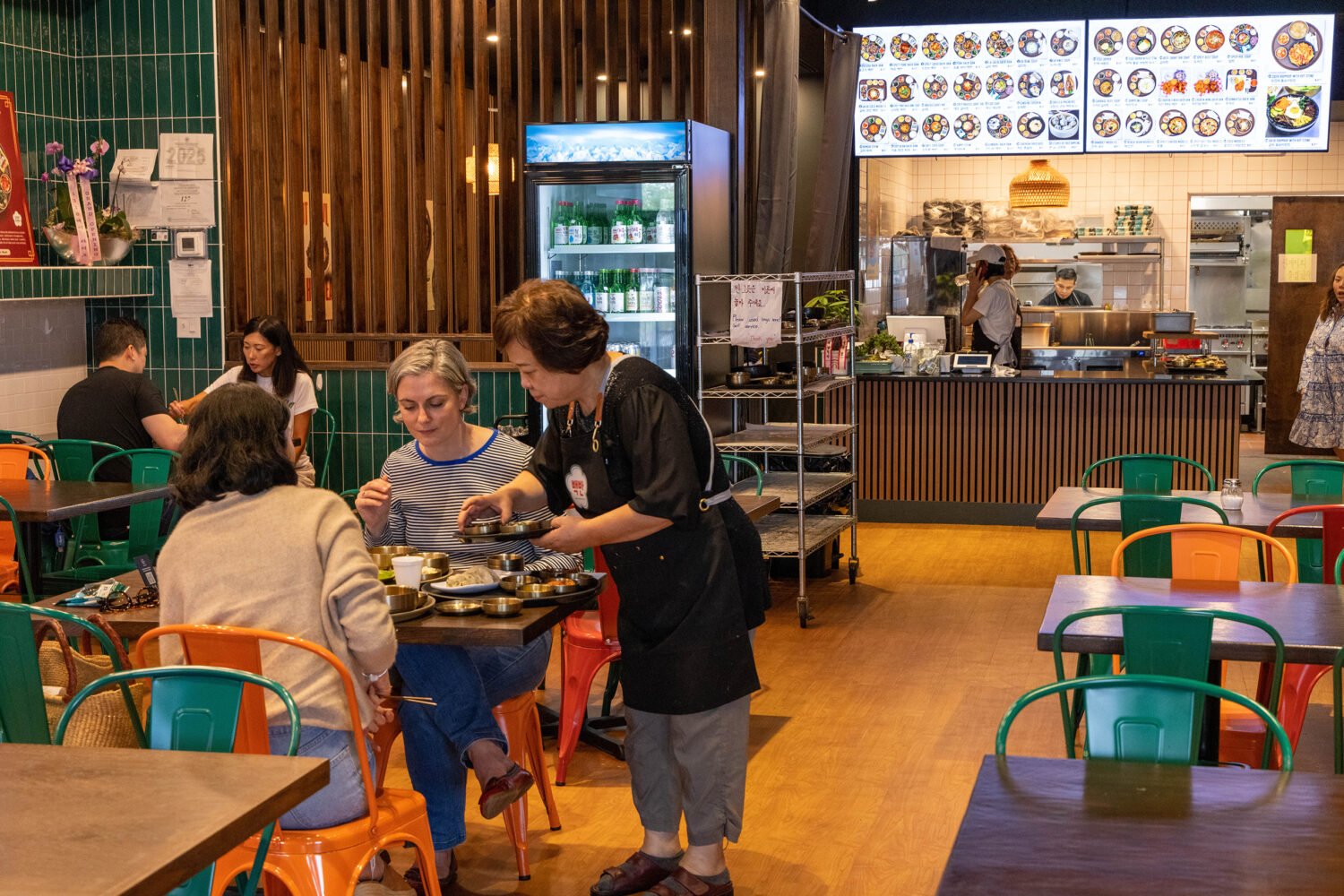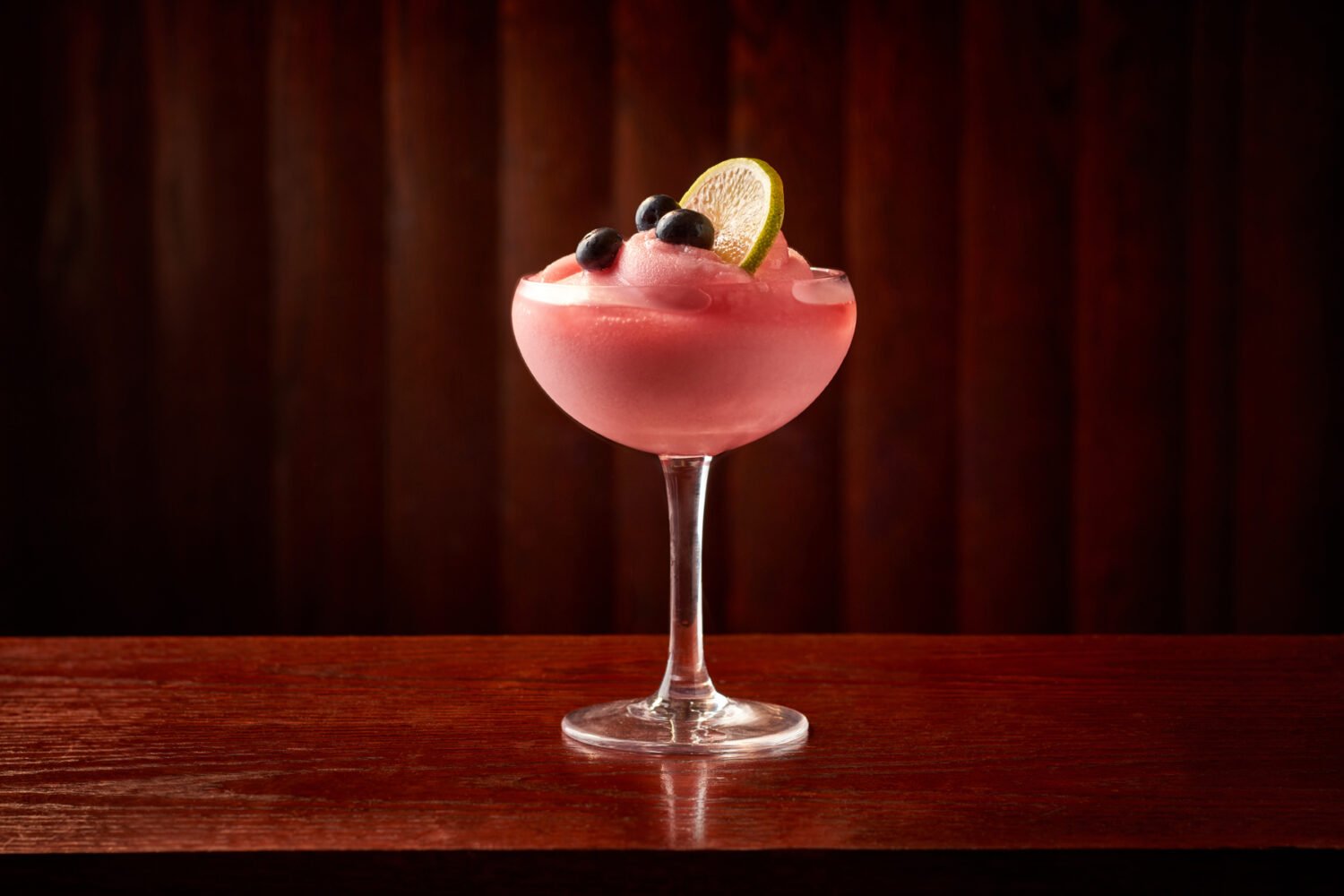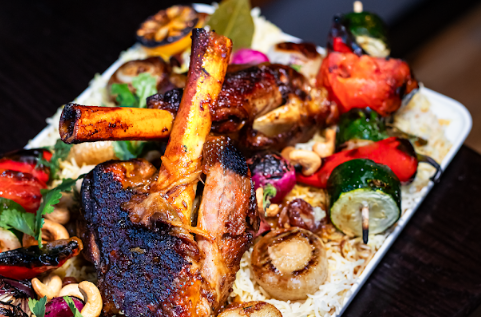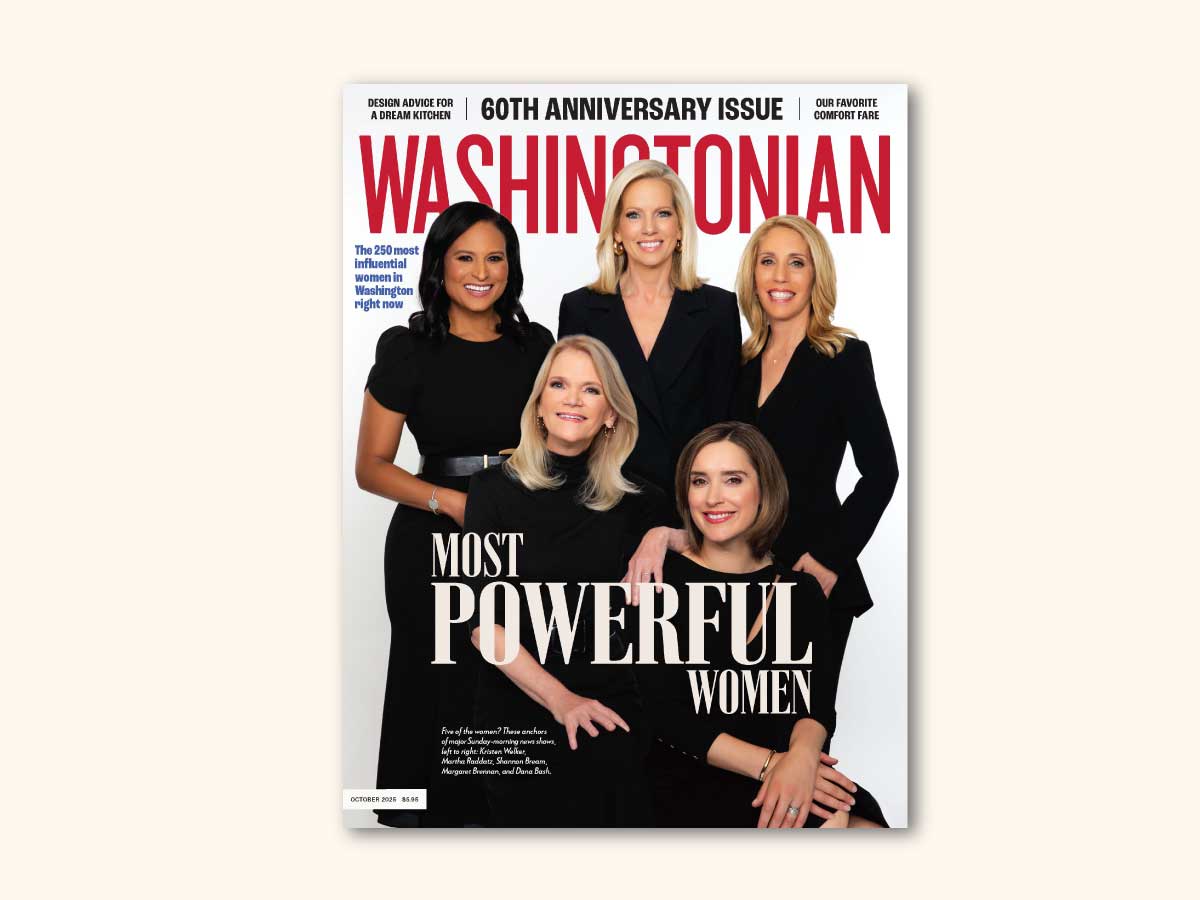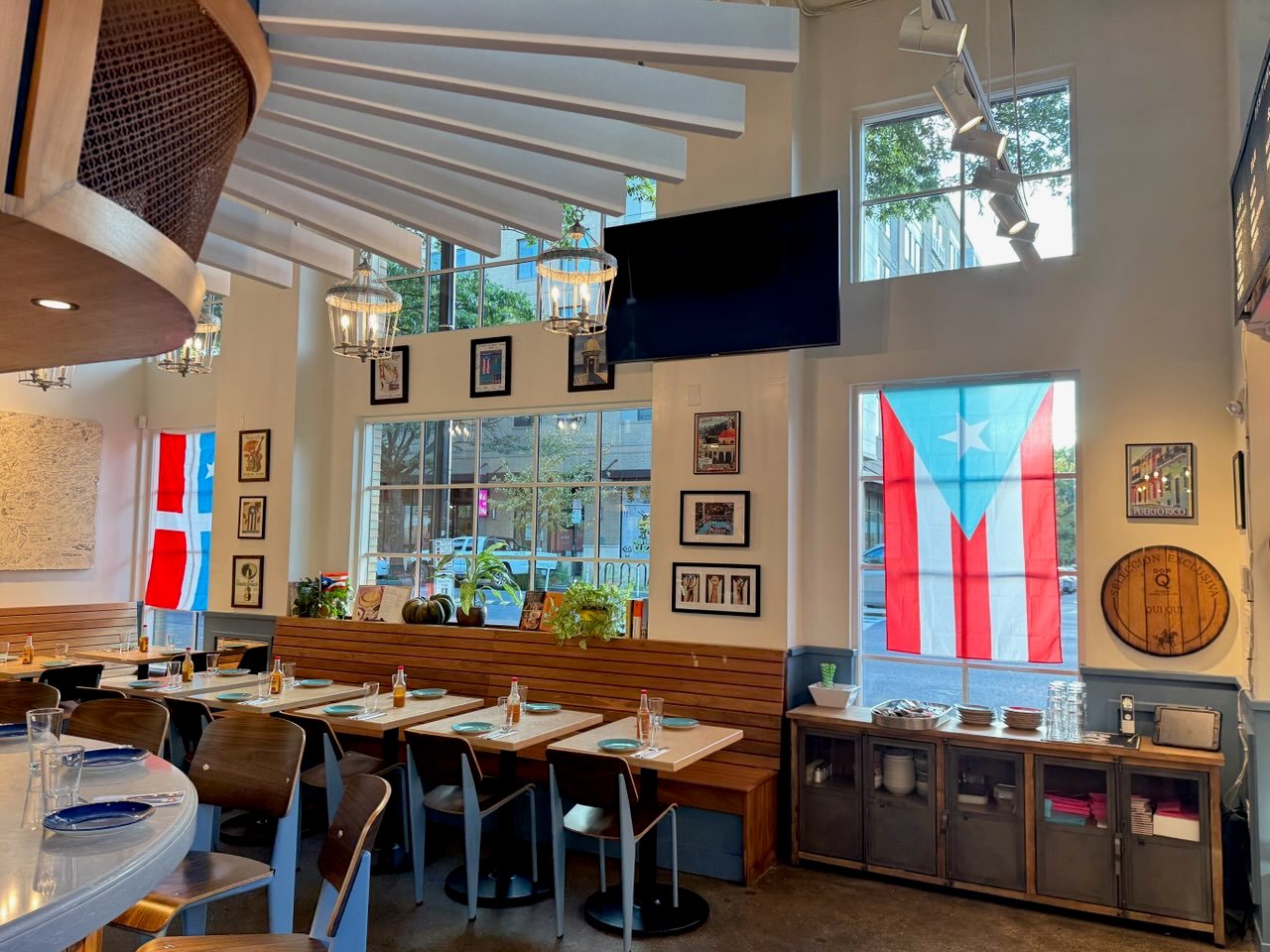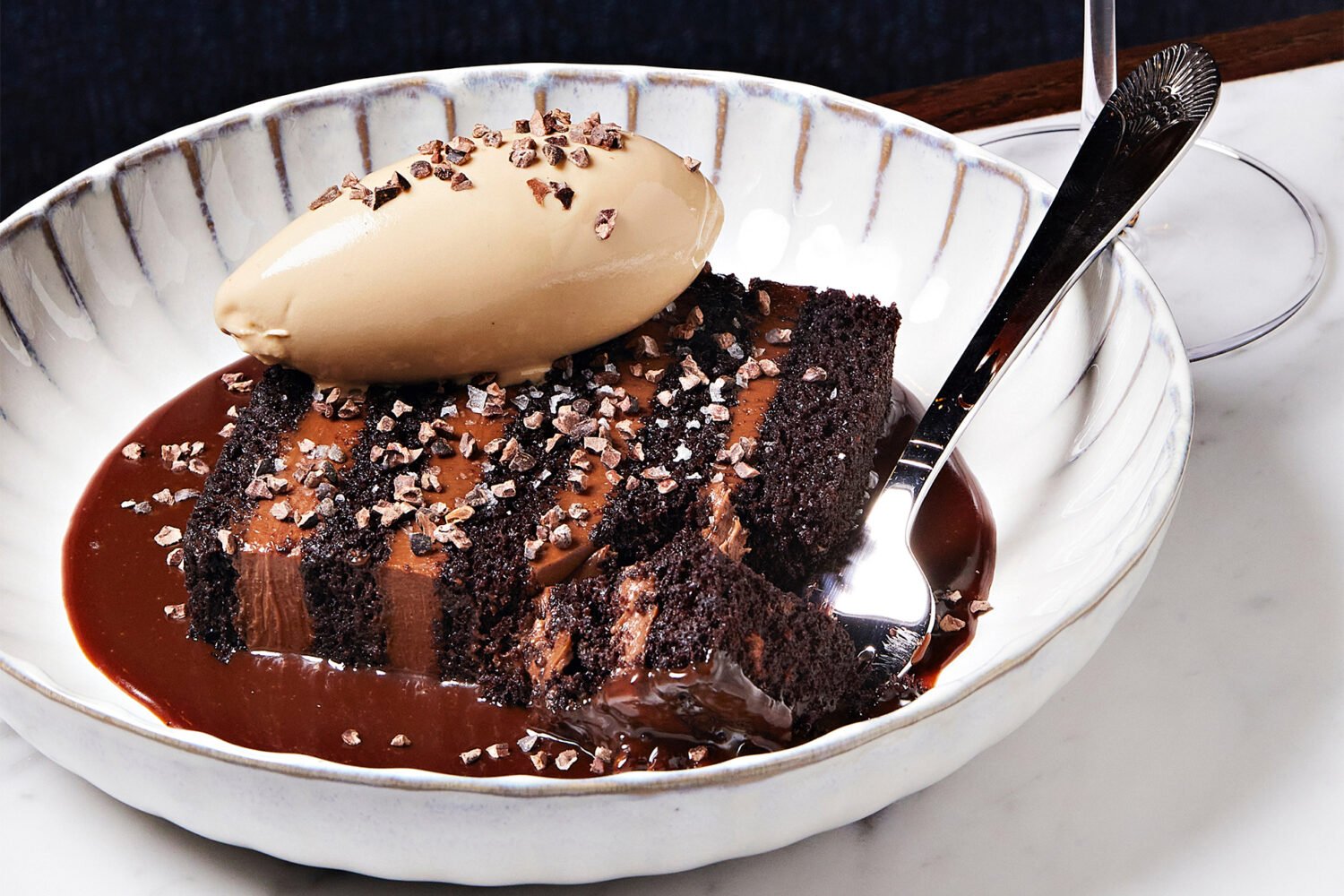On Monday, Merriam-Webster added over 250 new words to the dictionary, including 11 food-related ones—so now “sriracha” isn’t just in every restaurant, it’s officially part of our lexicon.
Like the rooster sauce itself, which rapidly went from being a cutting-edge condiment to outplayed in the mainstream (thanks, McDonalds), these “new” dictionary words are mostly commonplace in everyday dialogue. The delay in making them official is due to the dictionary’s word addition process, which requires a word to achieve a certain amount of usage before it can be considered. So by the time a word describing a trend has been used enough to gain its place in posterity, the trend itself is often passé.
Of course, there are exceptions. You rarely hear “Callery pear”—one of the new dictionary additions—casually dropped into conversation (FYI, it’s a deciduous tree of the rose family with small bitter fruits). But still, for the more obvious terms, we thought it might be useful to explain them in the context of 2017.
Bibimbap
“I used to love breaking open the fried egg on top of a bibimbap Korean rice dish, but now I’m a sucker for crispy fried chicken in Japanese donburi bowls.”
California roll
“A California roll is a good starter sushi for anyone who’s afraid to eat raw fish, but those cool sushi doughnuts make a much better Instagram (and that’s what really matters, right?)”
Farmers market
“I always buy seasonal produce from the farmers market, but why cook when you can get chef-made dishes from a local food incubator?”
Froyo
“I used to love topping my froyo with a bunch of different candies and chocolates, but now I’d rather design my own poke bowl.”
IPA
“An IPA is a classic choice for anyone who appreciates a hoppy beer, but go for the gose instead if you want to impress the bartender with your breadth of beer knowledge.”
Sriracha
“Sriracha is great for adding a flavor punch to any bland meal, but I prefer gochujang these days (unfermented condiments are so last year).




